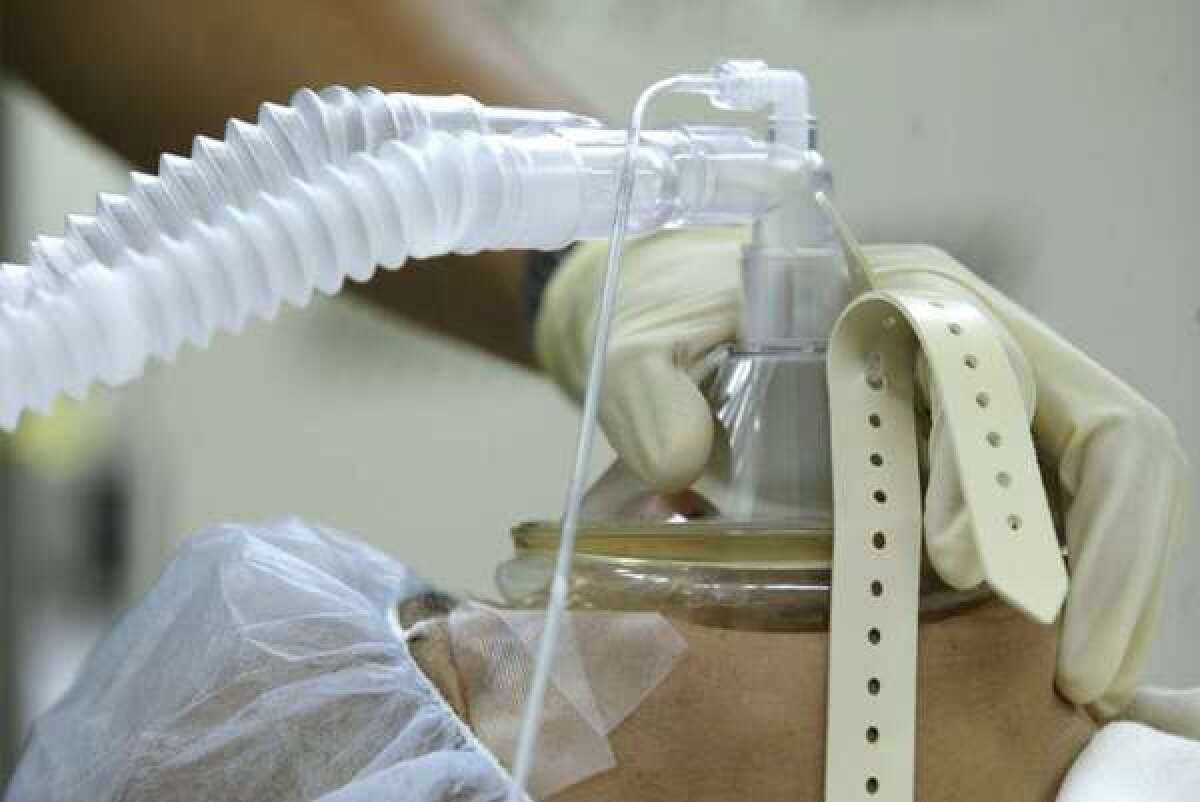Wait a minute: Is that patient really unconscious?

For most of the 60,000 or so people who go under general anesthesia each day for surgeries and other medical procedures, the drugs work well — rendering a patient unconscious, immobile and unable to feel pain, as well as ensuring that he or she doesn’t retain any memory of the procedure taking place.
But sometimes things go wrong. Patients remain aware of their surroundings. Some even remember procedures. In a 2011 Booster Shots post, I wrote about several terrifying memories reported by patients under general anesthesia. One man undergoing heart surgery recalled that he “could hear knives [like a buzzing sound]” and “could hear and feel the saw cutting into me.” A woman having an adrenal gland removed remembered “hearing events of the surgery, having the feeling that she couldn’t breathe, feeling the sensation of the breathing tube, feeling anxiety and stress just briefly. She felt panic.”
One reason these nightmarish outcomes can occur is that anesthesiologists don’t have a reliable way to monitor a patient’s brain to make sure he or she is unconscious. They depend instead on their knowledge of how the drug typically behaves in the body along with observations of heart rate, blood pressure, muscle tone and other measures. Indeed, the piece I wrote about patients who remembered their surgeries was inspired by a paper, published in the New England Journal of Medicine, that showed one form of electroencephalogram, or EEG, monitoring to be less effective than simply monitoring levels of exhaled anesthetic gas.
But there may be new hope for improvement. A team led by researchers Patrick L. Purdon and Emery N. Brown at Massachusetts General Hospital in Boston said Monday that it has been able to use EEGs to identify signatures of loss and recovery of consciousness in study subjects who had been administered propofol, a drug used often to induce general anesthesia. The detailed their findings in a study published online in the Proceedings of the National Academy of Science.
To conduct the experiment, the scientists administered propofol to 10 healthy subjects in a more gradual manner than would usually be the case during a surgery, using a computerized infusion system to bump up the dose of the drug in steps, maintaining a target concentration of the agent for 14 minutes at each level.
While receiving the drug, the study volunteers were monitored with an EEG system and asked to respond to two types of stimulus: a series of clicks or a male voice reading a word or the patient’s name. If they heard a click, they were supposed to press one button on a mouse; if they heard the voice, the other.
The team was able to detect recognizable patterns in the EEGs as the patients drifted in and out of consciousness, they wrote. Changes in the frequency and bandwidth of activity in the frontal lobe of the brain tracked patients’ decreasing sensitivity to the verbal stimulus (which elicited responses in the subjects longer than the clicks did.) Another set of EEG patterns accompanied loss of consciousness. The patterns reversed as the patients regained consciousness and resumed reactions to the verbal and then the click stimuli.
“We identified highly structured EEG signatures that can be used to monitor and manage the states of unconsciousness and sedation induced by propofol,” they wrote, adding that studies of other drugs commonly used in anesthesia could provide EEG signatures for those agents as well.
“This deeper understanding of anesthetic neurophysiology will provide new insights into brain function and altered states of consciousness or arousal,” they concluded, adding, “It should also translate into more reliable approaches to monitoring the brain states of patients receiving general anesthesia and for tailoring drug dosing based on specific, real-time knowledge of these states.”
And hopefully for patients, fewer of those lingering bad memories.
For more on brain monitoring and general anesthesia, read this editorial from the New England Journal of Medicine.
Follow me on Twitter: @LATerynbrown.




